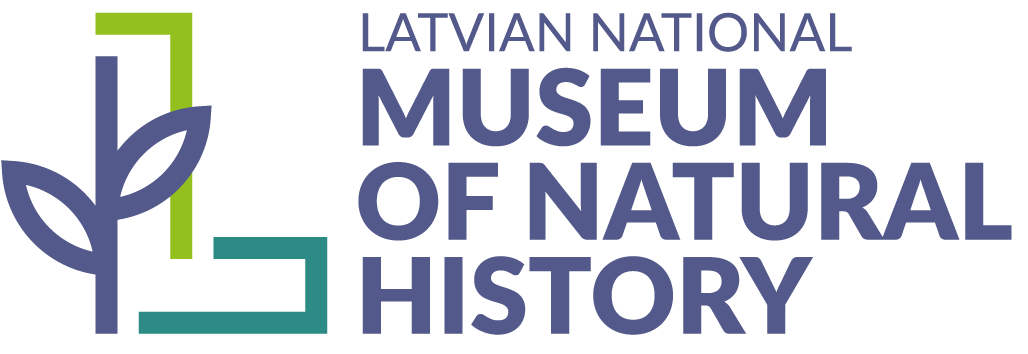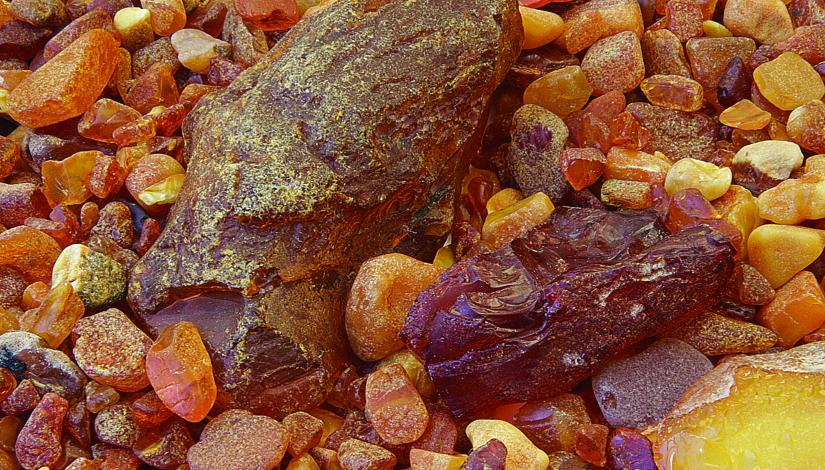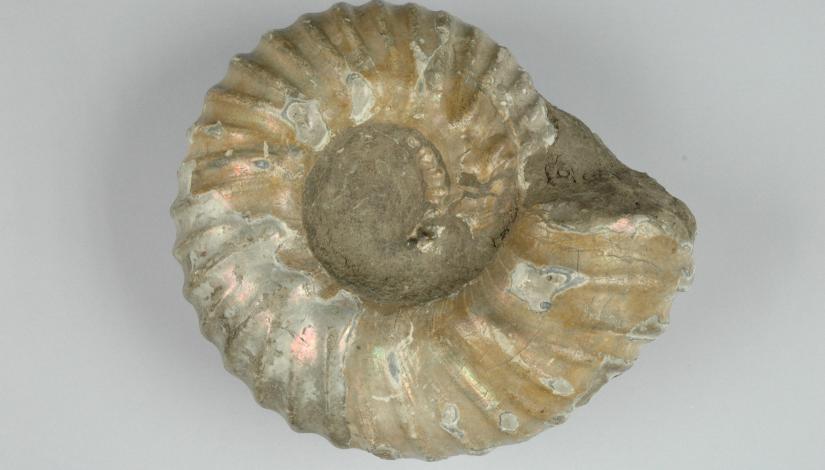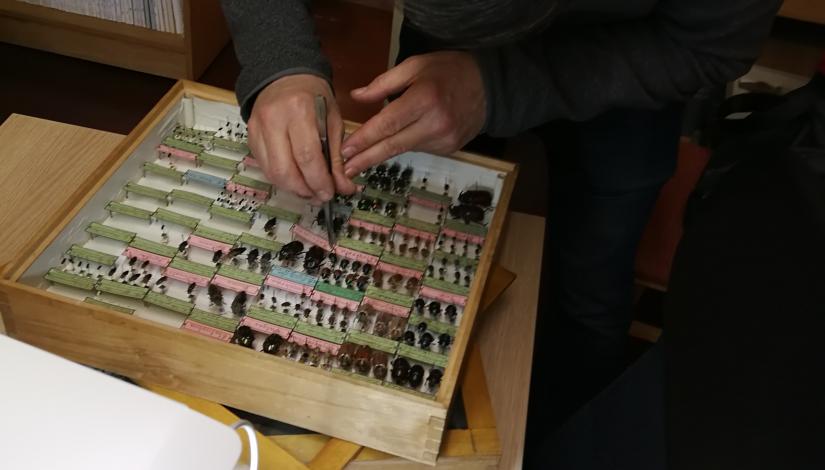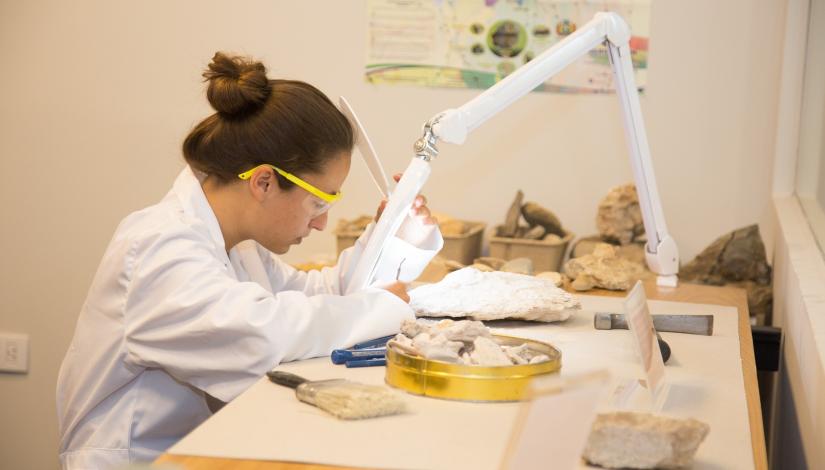The Latvian National Museum of Natural History holds remarkable collection of geological, entomological, palaeontological, zoological, botanical and anthropological specimens. The collection is systematically updated through the collecting of specimens from the field (through expeditions and individual trips), purchases, gifts, and receipt of items confiscated at customs (per the Washington Convention). The museum’s collection contains many species that are disappearing or already extinct either in Latvia or the world, leading to an increase in the value of the collection as well as strongly demonstrating how important it is to ensure its long-term preservation.
The objective of the collection of the Latvian Museum of Natural History is to collect and preserve specimens and records of the natural world found both in Latvia and around the globe that serve as a testament to nature’s diversity, history and protection. The mission of the museum is to strategically enrich the collection and increase its scientific value. It currently contains more than 220,000 specimens.
The origins of the museum’s collection can be traced to the collection of objects from the natural world belonging to noted collector Nikolaus von Himsel (1729-1764). Over 600 mineral samples, a collection of wood species, several turtle shells and a small number of antlers and bones from N. von Himsel collections have been preserved to date in the museum collection.
The Riga Naturalist Society (1845-1939) left a valuable legacy in the form of a sizeable collection of objects from Latvia and around the world:
- stuffed birds;
- the unique T. Lorenz collection of aberrations among fowl species, the collection was gathered at the end of the 19th century in Russia;
- E.F. Stoll collection of birds’ eggs, collected in the early 20th century;
- stuffed mammal collection;
- tropical sea shells;
- fossils, rocks and minerals;
- herbaria.
Of note are the diverse collections from the former Museum of Riga Schools and the geological and palaeontological collections from the Geology Institute.
The museum's main collection is a part of the National Museum Collection and is a national treasure. Therefore, the museum has a great responsibility and duty to ensure that the collection is carefully managed and is available to the public for a long term.
Public access to the collection is ensured by the Joint Catalogue of the National Holdings of Museums (www.nmkk.lv), which is regularly updated.
